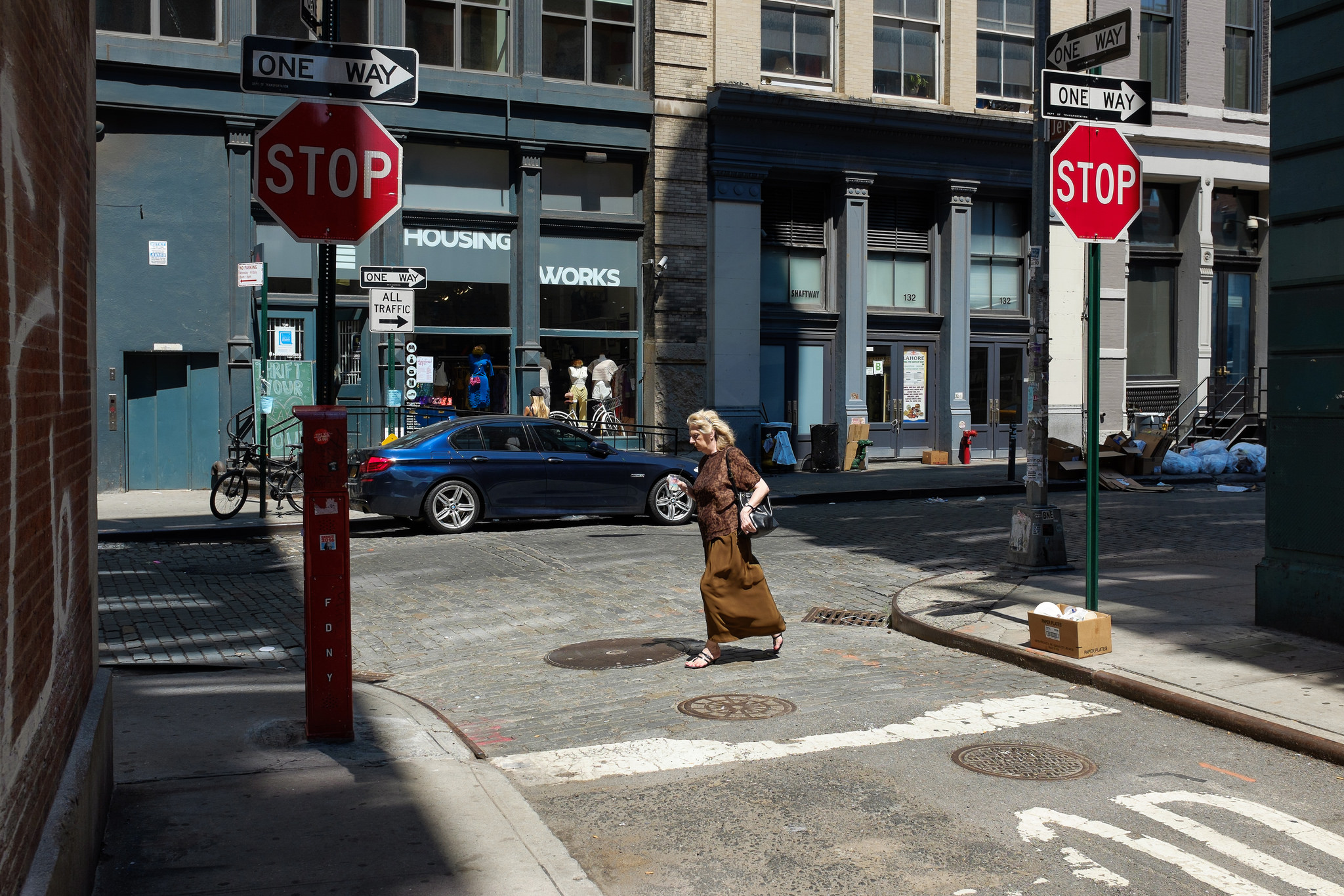Returning One-Way Streets to Their Two-Way Roots
Image from Wikimedia
A recent article out of South Bend, IN suggests that the movement toward two-way streets is growing. South Bend plans to convert many of its downtown streets back into two-ways by the end of 2016.
As an example from the neighboring state of Kentucky, the article explains how one multilane couplet (two parallel one-way streets that move traffic in opposite directions) was previously a high crime, low-property value area in :
John Gilderbloom, director of the Center for Sustainable Urban Neighborhoods at the University of Louisville, lived on First Street with his wife when he first moved to the city.
It was awful, he recalled recently. 'There were prostitutes, people selling fenced goods, drugs, everything like that..."
But after the couplet was returned to its two-way origins:
Steadily, crime fell, property values rose and retail revenues increased, he said. New investment followed, as residents and business owners rushed to take advantage of the improving landscape.
While, as a general rule, most one-way streets are locations of lower business activity and higher-traffic speeds, they're not all spots for prostitution and drug dealing, like this one. Nonetheless, this dramatic response to the one-way to two-way transformation shows just how impactful street design can be, and something other cities like South Bend, hope to emulate. From the article:
As the thinking goes, two-way streets provide better exposure to ground-level businesses and calm traffic, contributing to a more pedestrian-friendly environment that is conducive to retail development.
My own neighborhood in Milwaukee, WI is riddled with one-ways so it's an issue I care about. I am particularly disturbed and frustrated by a high-speed multilane couplet that runs on either side of my apartment. I regularly risk my life just to cross these streets to get to the bus stop or the businesses nearby. What's worse is that this is a busy urban area, full of elderly people in wheelchairs, kids walking home from school, and lots of carless young people. It's a popular spot for restaurants and bars, in addition to many other staple local businesses.
In short, it's a place to go to, not a place to drive through. So it bothers me that these one-way streets enable dangerously speeding cars through my neighborhood, not to mention making it harder for people to navigate and get to local businesses, homes, bus stops, etc. It would be one thing if these one-ways abutted a business park or a warehouse district, but their presence in a bustling urban neighborhood makes no sense.
The South Bend Tribune article articulates this conflict between pedestrian activity and high-speed one ways clearly:
“If your goal is a productive place with thriving local businesses, then slowing traffic with two-way streets is a much better plan. It’s a tried and true method. ”
As with most public works projects, not everyone's on board [...] Critics, among other things, complain that reversing the one-way pattern downtown while reducing the overall number of north-south travel lanes will impede the flow of traffic.
Well yes, if your goal is to move traffic quickly from one place to another, then one-ways are a great method to accomplish that. But, if your goal is a productive place with thriving local businesses, then slowing traffic with two-way streets is a much better plan. It's a tried and true method. The article continues:
A common refrain among critics of two-way streets here is that they are simply a “trend,” similar to the pedestrian mall trend of the 1970s, which turned out disastrously for many cities, including South Bend.
On that point, [Scott Ford, the city's executive director of Community Investment] strongly disagrees, arguing that the Complete Streets philosophy represents a “return to the fundamentals” of urban planning.
“This is consistent with how streets have operated as public spaces for thousands of years,” Ford said.
As we, at Strong Towns, have been arguing for years, a return to traditional development patterns with walkable neighborhoods that prioritize people over cars will lead to higher economic productivity for our cities and towns. A return to two-way streets is a big step in the right direction.
(Top photo by Calvin Smith)




